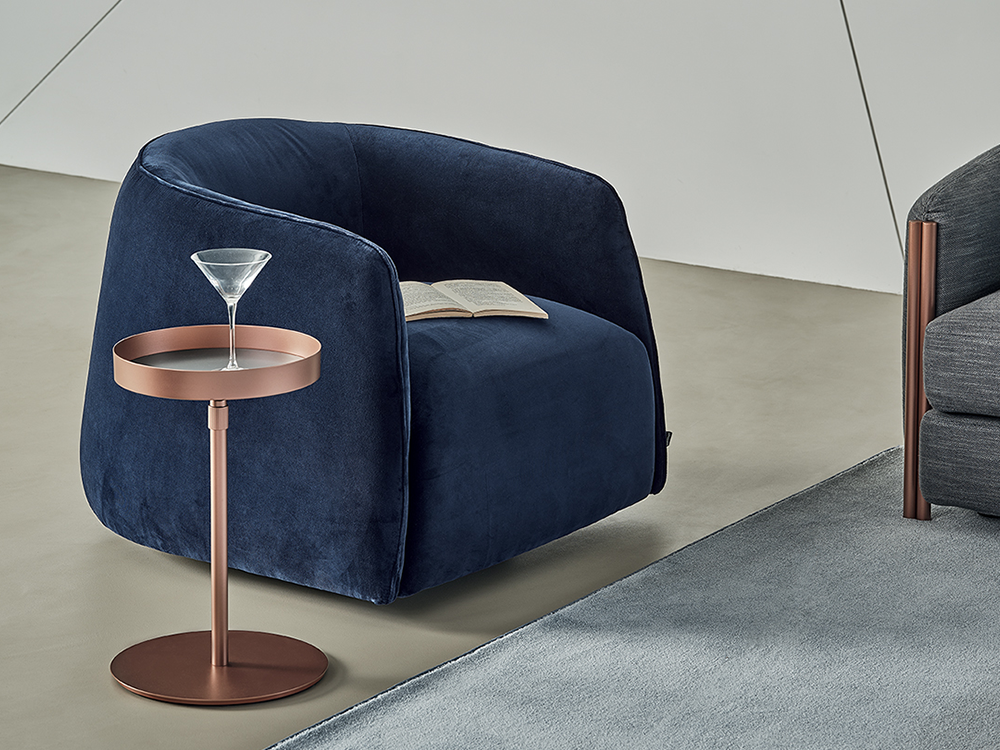What is the sideboard? And which is its original meaning?
Looking for the meaning of sideboard? According to what the dictionary reports, the sideboard is a rustic piece of furniture or a wooden chest with a rectangular shape and equipped with a lid that can be hinged. It was traditionally used in country houses to store flour and yeast with which to make bread, so its support surface could also be used as a piece of furniture for kneading, and from this custom derive some sayings (now not used anylonger) that indicated conditions of greater or lesser comfort. “Having a high sideboard” or “always having a full sideboard” meant having a very good time, as opposed to those who had a “low sideboard” or worse, empty. And in modern furniture, what is a sideboard? Today it is a decorative and functional piece of furniture, which can be composed of doors, drawers and open compartments to contain dishes, glasses, books and design objects to be placed in the kitchen or living room. The wooden structure of Bontempi sideboards can be enriched with elements in crystal, Supermarble, Superceramics and Supermarble, available in a wide range of colors.

By extension, the term sideboard can also indicate the pantry or cupboard, but what is the difference between one and the other – and how to choose between sideboard or cupboard? Being born as a kneading cabinet, the sideboard is taller and narrower than the cupboard: to be functional, it had to have a greater height than the table top to allow to work comfortably on the top shelf, as well as being used as a pantry cabinet where to keep the bread, flour, grains and wine.
Thanks to its size, the sideboard can adapt to any context – including the smaller sizes of many modern homes – always bringing a touch of elegance in addition to the storage functionality. On its support surface, vases of flowers, candles and frames or prints can be simply placed on it.

Compared to the sideboard, the cupboard is instead lower and generally has a horizontal development and a height similar to that of the table. Its origin is also different. Its diffusion begins in the seventeenth century in the homes of the nobles where they were placed next to the large table reserved for banquets. The dishes were displayed on these pieces of furniture, so that the “master servant” could show them to the guests and taste them to prove that they were not poisoned. Cupboard, a term born from this ceremony, later became the name of the room adjacent to the kitchen where the food was kept, and then went on to indicate the piece of furniture as we still know it today.
In a large living room, the cupboard can be the ideal solution if you are looking for a piece of furniture of great impact, which can give the right visibility to design objects, paintings or mirrors, while its compartments can contain dishes. and glasses, books, photo albums and much more.










